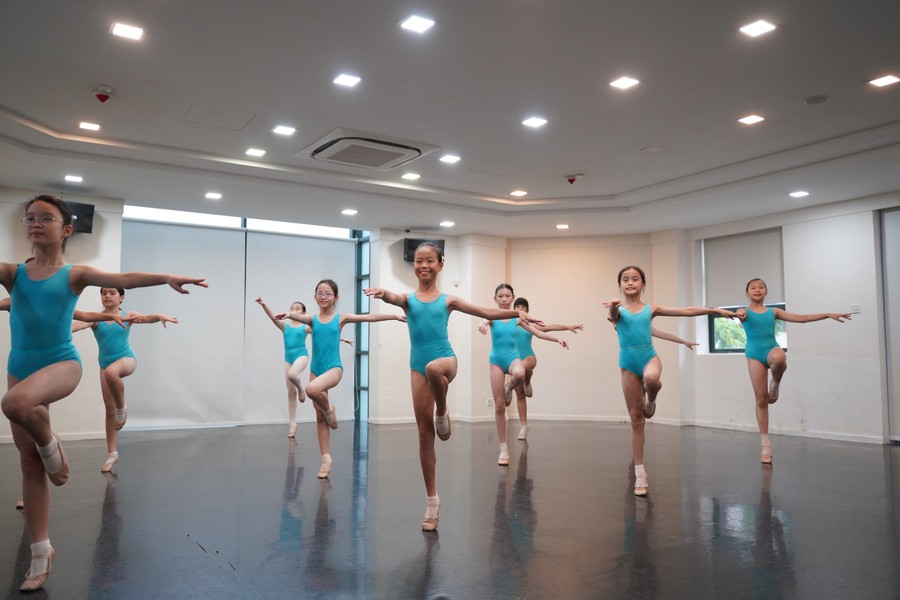
Beat the Clock, Not Yourself: Mindful Time Management to Reduce Stress in Young Dancers
In the rigorous field of dance, where accuracy and discipline rule, time sometimes seems to be a vicious enemy. Young dancers regularly balance demanding training schedules, academic obligations, and personal commitments to cause extreme stress. But careful time management can turn this struggle into a chance for development so young dancers may flourish both physically and emotionally. Through careful planning, dancers may keep mental health, lower stress, and improve their performance both on and off the stage.
Understanding the Stress of Time Mismanagement
Common difficulty for young dancers is time management. Burnout and feelings of inadequacy can result from the need to combine personal life, rehearsals, and education. This anxiety compromises performance in addition to mental health. Dancers’ creativity, concentration, and physical endurance diminish when they are psychologically exhausted. The first step toward managing this stress is knowing its causes. Recognising that time management is a skill rather than a natural aptitude helps dancers to take charge of their mental health and calendar.
The Role of Mindfulness in Time Management
Effective TIME MANAGEMENT FOR YOUNG DANCERS depends much on mindfulness, a condition of concentrated awareness on the current moment. Through developing mindfulness, dancers can set reasonable goals, prioritize chores, and stay out of the trap of overcommitting. Mindful time management is deliberate decision-making on how to distribute time such that important activities get the necessary attention without taxing the person.
Dancers should schedule breaks for rest and self-care instead of stuffing their day with consecutive rehearsals. These pauses are really necessary for preserving mental clarity and physical resilience; they are not lost time. Mindfulness also enables dancers to know when to say no, a crucial ability in preserving their time and energy.
Building a Balanced Schedule
The foundation of thoughtful time management is a balanced calendar. Dancers can start by establishing their priorities, such as school, dance courses, performances, and personal responsibilities. Setting aside particular time for each goal guarantees that none of any area is overlooked. A well-organized calendar helps dancers approach each choreography with calm and concentration, therefore reducing the tension of last-minute cramming or intensive rehearsals.
Including adaptability into the calendar is equally vital. Rigid plans might cause irritation when unanticipated events develop as life is erratic. Dancers using a flexible approach can adjust without sacrificing their mental health. This flexibility guarantees that time management starts to be a tool for empowerment instead of stress and promotes resilience.
The Importance of Rest and Recovery
Often in the search of excellence, rest and recovery are underappreciated. But for a dancer’s mental and physical health, they are very vital. Not only does overworking reduce performance but it also raises the danger of mental tiredness and injuries. Including relaxation times into their regular routines helps dancers to replenish their bodies and brains, therefore guaranteeing continuous performance throughout time.
Conclusion
Using conscious time management techniques helps young dancers change their relationship with time. Giving mindfulness, rest, and balance top priority helps one to beat the clock without sacrificing their mental health. Dancers who embrace these techniques can confidently, creatively, and joyfully enter the studio and onto the stage. When used sensibly, time becomes a friend in their path toward excellence and fulfilment, enabling them too gracefully and resiliently dance through life.


